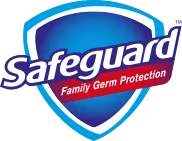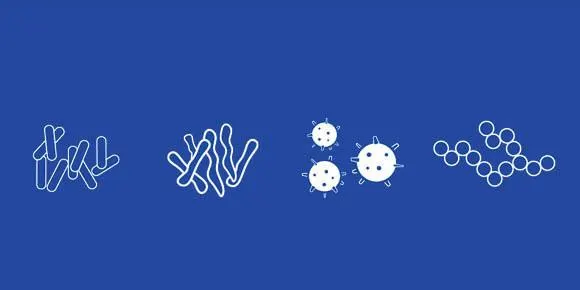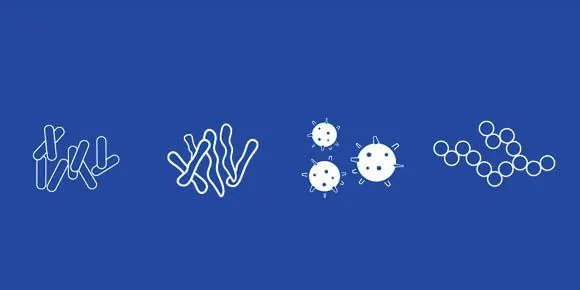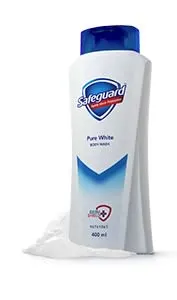- Home/
- Health Education/
- Germ & Infectious Disease/
How to Identify and Help Prevent Hand Foot and Mouth Disease
How to Identify and Help Prevent Hand Foot and Mouth Disease
SHARE
What Is Hand, Foot and Mouth Disease?
Hand, foot and mouth disease is a common, mild viral illness that usually occurs in children younger than 5, although it can affect adolescents and adults, too. Hand, foot and mouth disease is considered a minor illness that can cause a range of symptoms, including irritability, loss of appetite, fever, sore throat, painful lesions on the inside of the mouth, and a red rash on the palms of the hands, soles of the feet, and sometimes the buttocks. The rash typically does not itch, but it can blister. Although it is often confused with hoof-and-mouth disease, the two diseases are caused by different viruses, and hoof-and-mouth disease affects only sheep, pigs, and cattle. Humans cannot contract hoof-and-mouth disease.
What Causes Hand, Foot and Mouth Disease?
Hand, foot and mouth disease is usually caused by the coxsackievirus, which is transmitted through the mouth, nose, or eyes. The illness spreads from human to human through contact with saliva, nasal secretions, respiratory droplets, fluid from blisters, and stool. It is frequently seen in child care centers, because children often put their hands in their mouths, and there are frequent diaper changes in day care settings.
How Can Safeguard Help Prevent Hand, Foot and Mouth Disease?
Because hand, foot and mouth disease is usually caused by viruses that belong to the enterovirus group, frequent hand washing can be an important part of daily hygiene. While no soap can protect against the viral germs that cause Hand, Foot and Mouth Disease, Safeguard with GermShield+ keeps three of four germ types away for up to 12 hours after hand washing, which is better protection than any other antibacterial soap.



